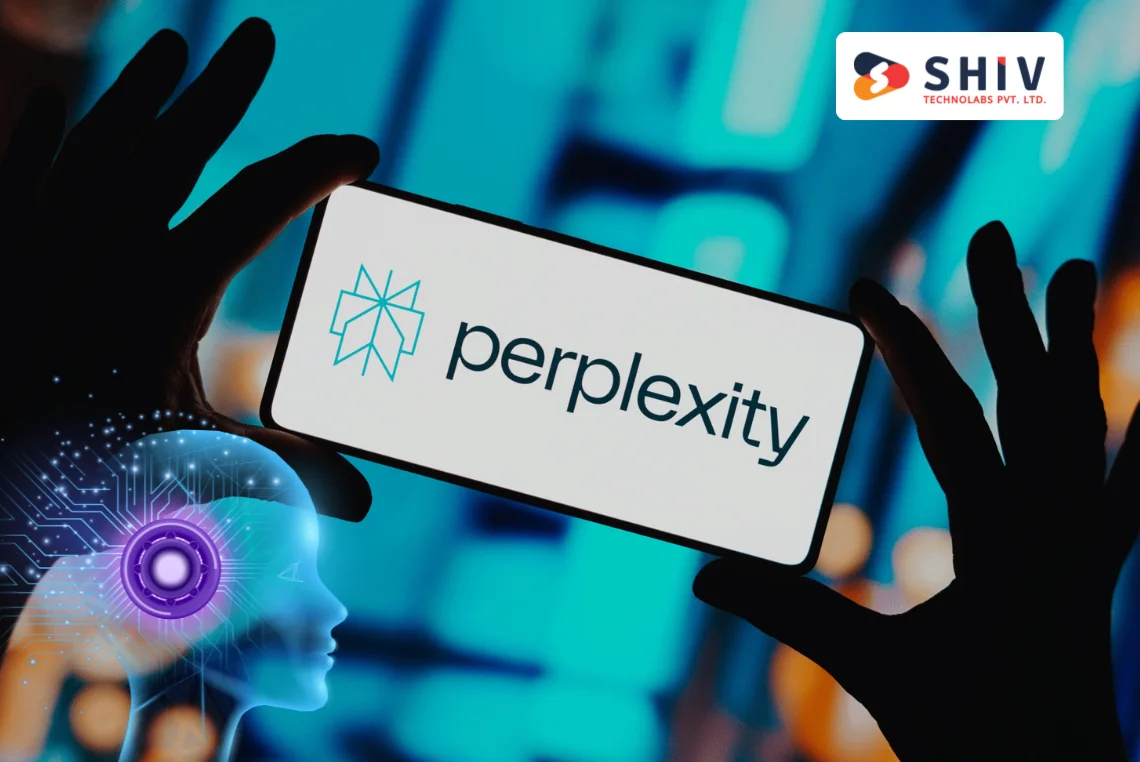Table of Contents
In a world where swiping has become second nature, it’s easy to overlook the intricate technology behind each match. Dating apps promise connections, companionship, or even love at first swipe—but what’s happening behind the scenes? How do these platforms decide who gets matched with whom, and more importantly, why? Understanding the algorithms that drive dating apps is crucial, not just for users seeking meaningful relationships but also for developers aiming to build more effective, ethical, and engaging platforms.
At Shiv Technolabs, our team of expert dating app developers often encounters one key question: how exactly do dating app algorithms work? Today, we’re pulling back the curtain on the complex behind-the-scenes of matchmaking algorithms, diving deep into unique insights, confronting critical issues like dating app algorithm bias, and showcasing how innovative thinking shapes the future of digital dating.
Inside the Algorithm: What You Don’t See
When you swipe left or right, you’re interacting with an intricate piece of technology that’s been trained to understand, predict, and shape human connections. Let’s break down the hidden components that make dating app algorithms tick.
1. The Hidden Scoring System
Many users don’t realize they’re being quietly ranked by an app’s internal scoring system—often referred to as the “Elo score” inspired by chess player rankings.
Here’s the unique part: every user interaction influences your hidden score. This isn’t just about how often you get swiped right, but also:
- Swipe patterns: Are you selective or swiping right on everyone?
- Response rates: Do you reply to messages or ghost frequently?
- Activity frequency: Are you logging in daily or occasionally?
This secret scoring shapes who sees you, who you see, and how prominently your profile appears. But there’s a catch: these scores can lead to algorithmic bias, favoring certain profiles over others, which we’ll explore shortly.
2. Advanced Behavioral Tracking (Beyond Swiping)
Dating apps have evolved beyond surface-level swipes. Modern algorithms track subtle behaviors:
- Dwell Time: How long you view a profile before deciding.
- Messaging Patterns: Not just if you message, but what you say. Advanced apps use natural language processing (NLP) to gauge sentiment, style, and interest levels.
- Profile Revisits: Do you return to certain profiles repeatedly? Algorithms interpret this as significant interest.
By analyzing micro-interactions, algorithms go deeper, attempting to understand psychological compatibility, not just physical attraction.
The Dark Side of Dating App Algorithms: Biases Exposed

A critical, yet less-discussed element is dating app algorithm bias. Even the most advanced algorithms can perpetuate unfairness, leading to hidden biases. Here’s how:
1. Popularity & Attractiveness Bias
Algorithms often prioritize popular users—those receiving frequent likes. While seemingly logical, this creates a feedback loop where popular profiles get even more exposure, overshadowing less-seen users.
Result: The app experience becomes skewed, marginalizing users who don’t fit certain standards of attractiveness or mainstream appeal.
2. Socio-economic & Demographic Bias
Unintentional biases emerge when algorithms are trained on biased data. For instance, if an app’s data suggests that users frequently match within similar socioeconomic backgrounds or racial lines, the algorithm might unintentionally reinforce segregation.
Real-world example: Studies revealed that some dating apps show users profiles predominantly of their own race or socio-economic class, regardless of stated preferences—further perpetuating unconscious biases.
3. Gender Bias
Some apps have been criticized for inadvertently creating gender biases. For example, heterosexual men often outnumber women on certain apps, leading to aggressive competition for visibility among male users.
Algorithms react by:
- Prioritizing highly engaging profiles (usually female) disproportionately.
- Penalizing male users who swipe indiscriminately reduces their visibility as “low-quality” engagers.
Impact: It reinforces stereotypical dating behaviors, creating an imbalanced environment that harms user experience and retention.
Breaking the Bias: Innovative Solutions in Algorithm Design
At Shiv Technolabs, our expert developers prioritize fairness, inclusivity, and ethical AI. Here are innovative strategies we adopt to combat algorithmic bias and enhance matchmaking:
1. Multi-Dimensional Matching Algorithms
Rather than relying on superficial attributes (like attractiveness), we employ multi-dimensional algorithms that analyze deeper traits:
- Value alignment: Matching based on shared values, interests, and life goals.
- Behavioral segmentation: Using user behavior insights (e.g., communication style, interaction patterns) for refined matching.
2. Transparent, User-Controlled Algorithms
Empowering users with control over their algorithmic experience is key. Our dating app development company emphasizes:
- Transparency: Explaining why specific profiles appear and how the matching process works.
- Customizable Preferences: Allowing users to override or influence algorithm suggestions, reducing hidden biases.
- Feedback Loops: Enabling users to give direct feedback on matches to retrain algorithms proactively.
3. Bias Detection & Correction Systems
We integrate AI-based bias detection systems into our algorithms. These systems:
- Monitor matching outcomes to detect anomalies (e.g., racial or gender disparities).
- Adjust algorithmic weightings in real time to correct identified biases.
- Regularly audit data used for training algorithms to ensure representativeness and fairness.
This approach ensures ethical matchmaking, fostering a more inclusive community within dating apps.
Behind the Scenes: Real-World Algorithm Insights
Let’s explore how popular dating apps use algorithms differently, giving you a backstage look:
1. Tinder’s Shift from Elo Scores
Initially, Tinder used an Elo-based algorithm but shifted towards a complex system based on user activity and machine learning. Today, Tinder’s algorithm tracks:
- Engagement scores: How frequently a profile leads to meaningful interactions (not just swipes).
- Dynamic matching: Adjusting matches based on real-time user feedback and behavioral changes.
2. Hinge’s ‘Gale-Shapley’ Algorithm
Hinge uses the Gale-Shapley algorithm (Nobel Prize-winning concept), designed for “stable matching.” It ensures matches are mutually optimal. The algorithm pairs users based on interactions, interests, and response rates, minimizing one-sided matches and maximizing compatibility.
3. OkCupid’s AI-Driven Questions
OkCupid leverages AI through their question-based system. With over 4,000 optional questions, the algorithm:
- Weights questions differently based on how strongly they predict compatibility.
- Uses AI to assess consistency in user answers, reducing superficial swipes, and fostering deeper connections.
The Future of Dating App Algorithms: AI and Beyond

We’re shaping the future of matchmaking through advanced AI, exploring areas such as:
- Emotion AI: Algorithms interpreting emotional cues in user conversations to predict deeper compatibility.
- Real-time Contextual Matching: Matching users based on real-time situations (e.g., mood, activities, life events), making dating apps responsive and dynamic.
- Anti-bias AI: AI systems continuously monitoring and correcting biases, creating fairer digital dating spaces.
Conclusion: Towards Ethical, Effective Matchmaking
Understanding dating app algorithms reveals both their potential and pitfalls. As digital dating evolves, dating app developers need to build ethical, fair, and transparent systems that truly serve users.
Contact Shiv Technolabs today, because we don’t just build apps—we develop intelligent matchmaking platforms that prioritize genuine connections and fairness. By confronting biases, innovating algorithm design, and focusing on meaningful interactions, we’re setting new standards for the digital dating landscape, making each swipe matter more.



















